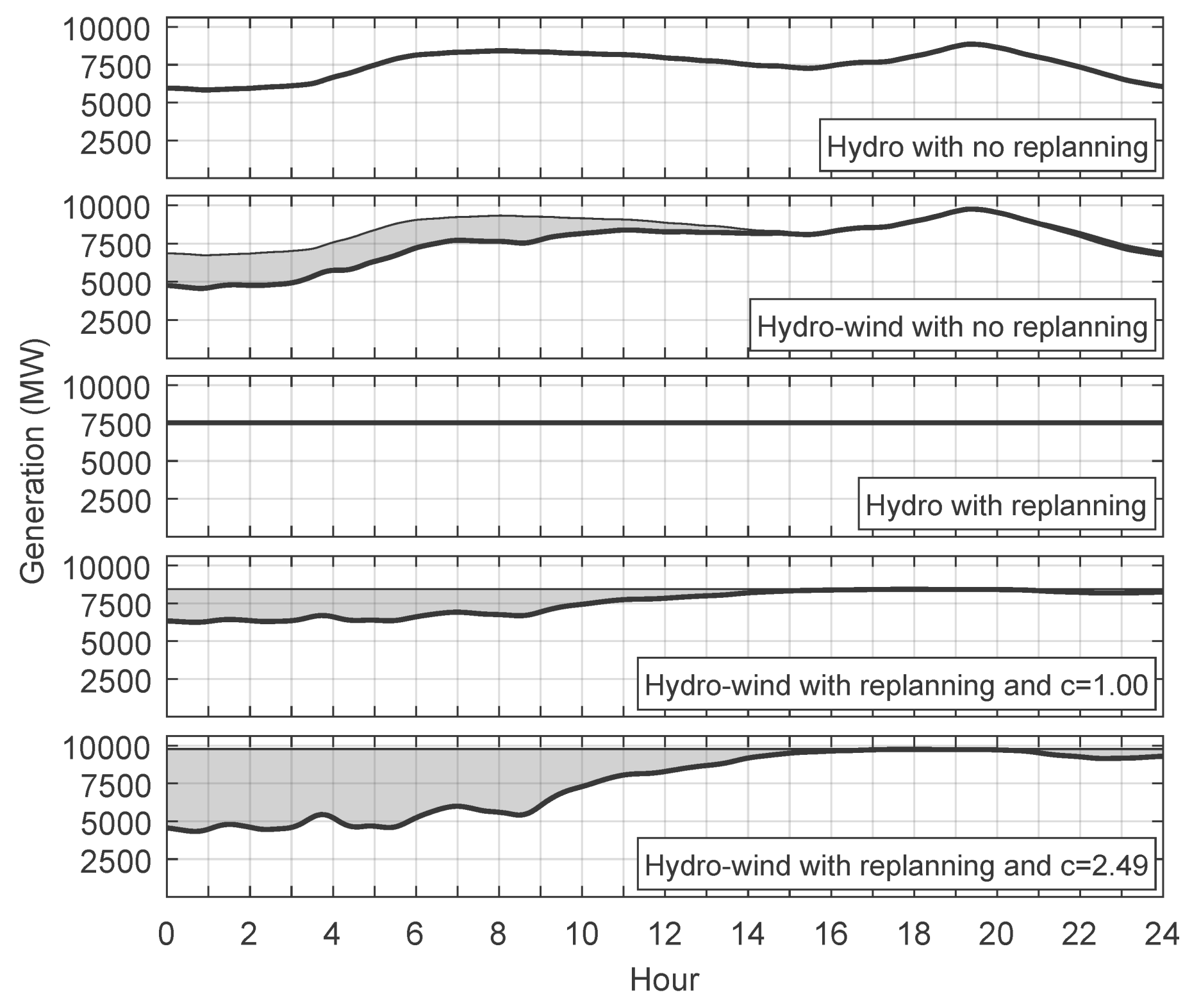Coordination and Optimization of Run-of-River Hydropower Plants
Run-of-river hydropower plants can supply much needed flexibility to the power system. As wind turbines and solar panels supplant nuclear, coal, and natural gas generation, the flexibility from run-of-river hydropower can help keep the electricity grid balanced, stable, and secure.
Run-of-river hydropower systems consist of two or more hydropower plants situated along the same river. They have relatively little storage and must pass water at nearly the same rate that it enters. Hence, system operations should be coordinated to help mitigate unnecessary water spillage, stabilize reservoir elevations and flows, and maximize power generation.
In a recently completed project, researchers at the Power Systems Laboratory optimized the Mid-Columbia hydropower system, which consists of seven run-of-river plants on the Columbia River in the Pacific Northwest region of the United States. (Its capacity and annual energy production is similar to that for all of Switzerland.) They found that optimal coordination can improve water-use efficiency by 0.74 percent compared to historical operations. They also studied the effects of integrating wind and hydropower and found that the Mid-Columbia can perform like a battery with conversion efficiency in excess of 80 percent, storage capacity in the range of tens of gigawatt-hours, and power capacity of several gigawatts. These more flexible operations cause only minimal adverse impacts on the environment and result in relatively small increases in flow and reservoir fluctuations.
The people involved in this project are, Professor Gabriela Hug and Andrew Hamann.
Prof. Hug is an ESC member and head of the Power Systems Laboratory (PSL). The scientific field of the Power Systems Laboratory comprises analysis and design of electric and integrated energy systems including their planning, design and operation.

